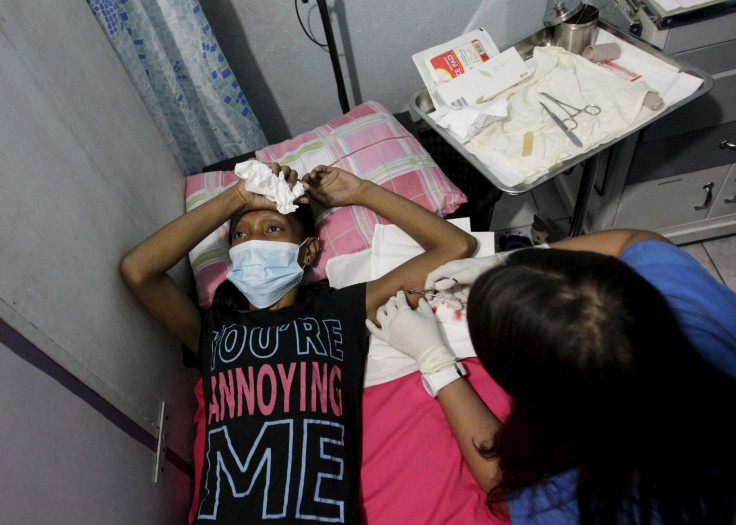HIV cure: Study on antiretroviral therapy opens up significant HIV prevention and vaccine possibilities

A research finding may have significant implications on future HIV treatment, vaccines and cure. Researchers at the Division of Infectious Diseases at the University of North Carolina School of Medicine have, for the first time, determined how antiretroviral therapy (ART) affects the process by which HIV disseminates and establishes infection in the female reproductive tract.
A recent clinical trial on HIV prevention showed 93 percent protection against secondary heterosexual transmission when HIV-positive partners received early ART. Worldwide, vaginal transmission accounts for majority of new HIV infections. Globally speaking, about 35 million people are HIV-positive and 2.1 million get infected every year.
Like us on Facebook
The study was published in the Journal of Clinical Investigation on Monday, Feb. 8.
The researchers revealed that interestingly, how a woman gets exposed to HIV (rectally or vaginally) does not matter much. What matters is that the HIV goes rapidly to the female reproductive tract. The body’s CD4 T cells that HIV infects migrate to the female reproductive tract soon after exposure.
Related: HIV drugs lead to obesity and weight gain; patients at risk of further health complications
The researchers also found out using humanised mouse models that the cells in the body that fight the infection (CD8 T cells) take time in reaching the female reproductive tract. This delay allows HIV to establish itself in the reproductive tract and cervicovaginal secretions, writes EurekAlert.
“Your CD8 T cells, which are supposed to protect you, are not arriving in the female reproductive tract in time. When we think about potential vaccines against HIV, this is important information to have,” said J. Victor Garcia, PhD, study co-author and a professor of medicine in the Center for AIDS Research, the Institute for Global Health & Infectious Diseases, and the Division of Infectious Diseases at UNC.
Related: Major HIV concern: Drug therapy may reduce HIV to undetectable levels, but it is still growing
However, Garcia said that HIV-infected persons, who take regular ART, are at reduced risk of transmitting the virus. The likelihood of HIV transmission declines rapidly when ART is taken regularly. The residual virus is not enough to transmit infection, though the remaining infected cells keep making HIV RNA.
“This has implications for cure research and indicates that the female reproductive tract could represent a potential reservoir for HIV during therapy,” said Angela Wahl, PhD, study co-author and an assistant professor of medicine in the Division of Infectious Diseases at UNC School of Medicine.





















